Trading in cryptocurrencies is daunting for any initiate, as the market is always open and both price movements and event flows are fast and highly volatile. Anyway, an adequately chosen strategy turns this journey smoother.
It could help a trader work their way up while managing risk. Here’s a look at a number of the most popular crypto trading strategies for beginners, from HODLing to day trading, and at how to choose one that lines up with one’s goals and level of risk tolerance.

HODL-ing: Long-Term Holding
“HODLing” is a term that came out of a typo of “hold” and has since been reprised into a very popular crypto slang term, meaning buying and holding onto assets long-term, notwithstanding market ups and downs. It basically means a belief in the asset’s substantial rise in value over a long period, notwithstanding temporary volatile downsides. It especially fits those investors who believe in the long-term potential of cryptocurrencies, especially established coins like Bitcoin and Ethereum.
This strategy works great for a beginner who might be uncomfortable with the fast action and short-term trading. HODLing offers an option to skip daily fluctuations. It minimizes time and research needed to make regular trades. On the other side, this process takes a lot of patience and discipline to avoid price fluctuation, which may be tough in a volatile market.
It is very important to select fundamentally solid cryptocurrencies that possess considerable long-term potential to maximize the effectiveness of the HODL strategy. One can also reduce risk through diversification over several coins, as different assets would perform variably at different times.
Swing Trading: Tapping Market Movements
It is a medium-term approach whereby the investor buys an asset and then holds on to it for several days, weeks, or even months to capitalize on expected price swings. Unlike from HODLing, it requires more active involvement in prediction with deeper knowledge of market analysis. By identifying and entering key positions-when a cryptocurrency is about to rise in value-traders try to make profits in shorter periods than what a long-term investor would do.
Most swing traders rely on a combination of both technical and fundamental analysis. Indicators such as moving averages, RSI, and trend lines help them identify potential entry and exit points. News events, partnerships, and market trends are also important in determining which coins to buy and when to sell.
This strategy is far more flexible than HODLing and does not involve constant monitoring of the market. Still, it will demand a good understanding of market trends and a bit of patience, as these swings take their time to appear. That’s good for beginners who can learn technical analysis rather easily but are not yet ready for the high velocity driven by day trading.
Day Trading: Fast-Paced Opportunities
Day trading involves opening and closing multiple positions within a day, with the ultimate aim of gaining from minor changes in prices. This approach demands an in-depth knowledge of technical analysis, fast decision-making, and sufficient time to closely monitor market action. It is also the most time-consuming and the most risk-encompassing method, especially when it comes to the crypto market, where prices may fluctuate wildly in minutes.
Day traders commonly use candlestick charts, volume indicators, and volatility measures to do their job. Day traders hunt for “scalpable” moments where little movements in prices can be turned into moderately quick profits.
This kind of strategy generally fits better with more advanced traders because of the high focus and market understanding involved. But to the novice ready and willing to learn technical analysis and who can tolerate high levels of risk, day trading is an exciting, if challenging, approach.

Key Tips for Success in Day Trading:
- Start Small: Begin with small positions to minimize risk as you learn.
- Set Stop-Losses: Use stop-loss orders to protect against sudden drops.
- Stay Updated: Crypto markets change with the news; stay abreast of current events.
Choosing the Right Strategy!
Your choice of a trading strategy should be in line with your risk tolerance, time commitment, and overall goals. HODLing is the best approach for those who would not like to get their hands dirty and believe in the future growth of cryptocurrencies. It requires very little time and emotional involvement, hence quite a good starting point for beginners.
The method is good for the ones who would like to be more active, willing to study market trends and technical analysis, yet prefer longer positions than just a day.
On the other extreme is day trading, the most active and potentially rewarding, but at the same time, it is extremely demanding in commitment, skills, and risk tolerance. Beginners should wade in very carefully, building up their skills a little at a time before plunging in.
Final Thoughts:
There are a number of different crypto trading strategies that one can utilize, each coming with its own set of advantages and disadvantages. Having a strategy from the outset helps new traders to manage their risks, avoid some common mistakes, and continue to build their skills as a trader. Whatever your strategy may be, it is very important to keep yourself updated with market trends and refine your strategy from time to time.






